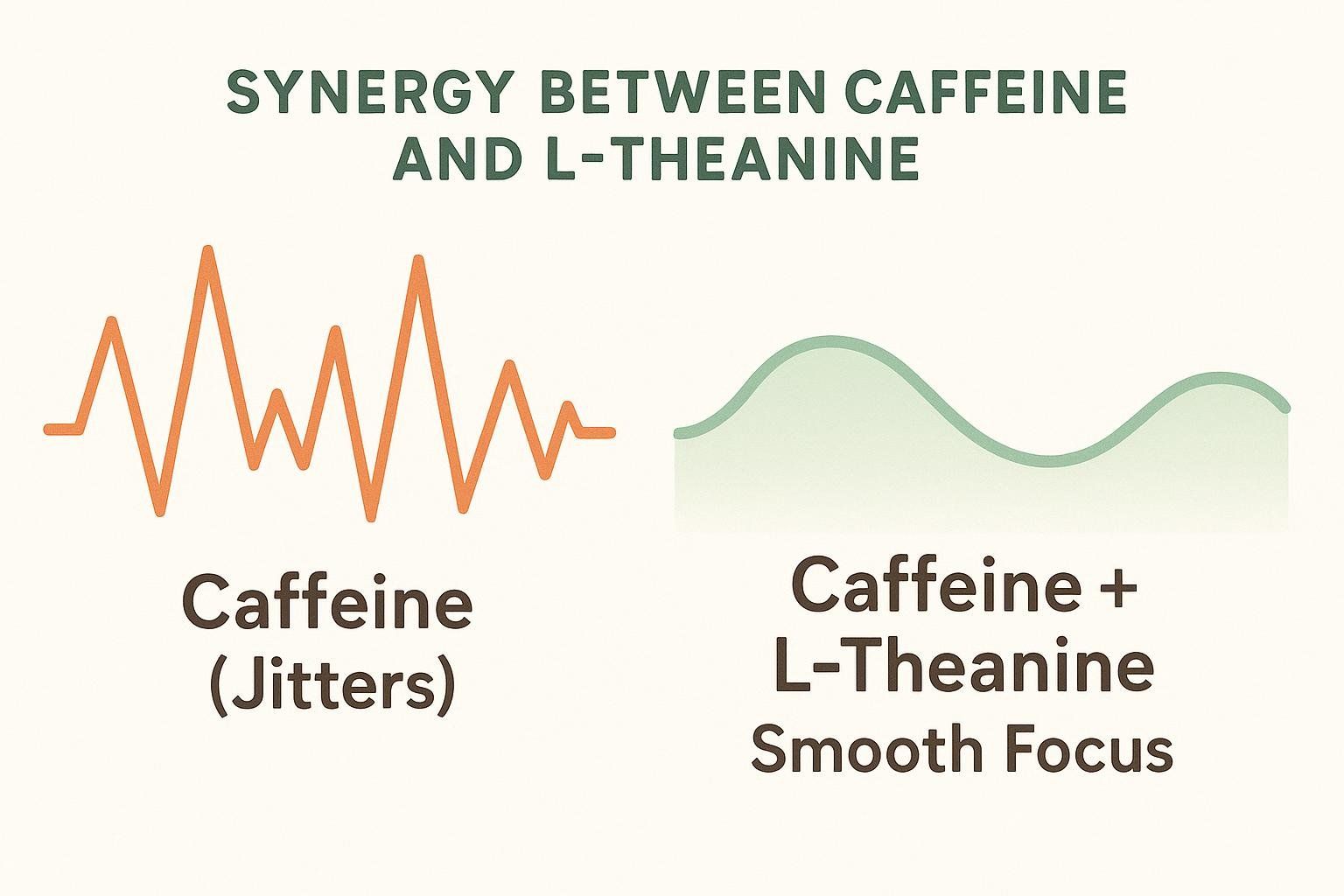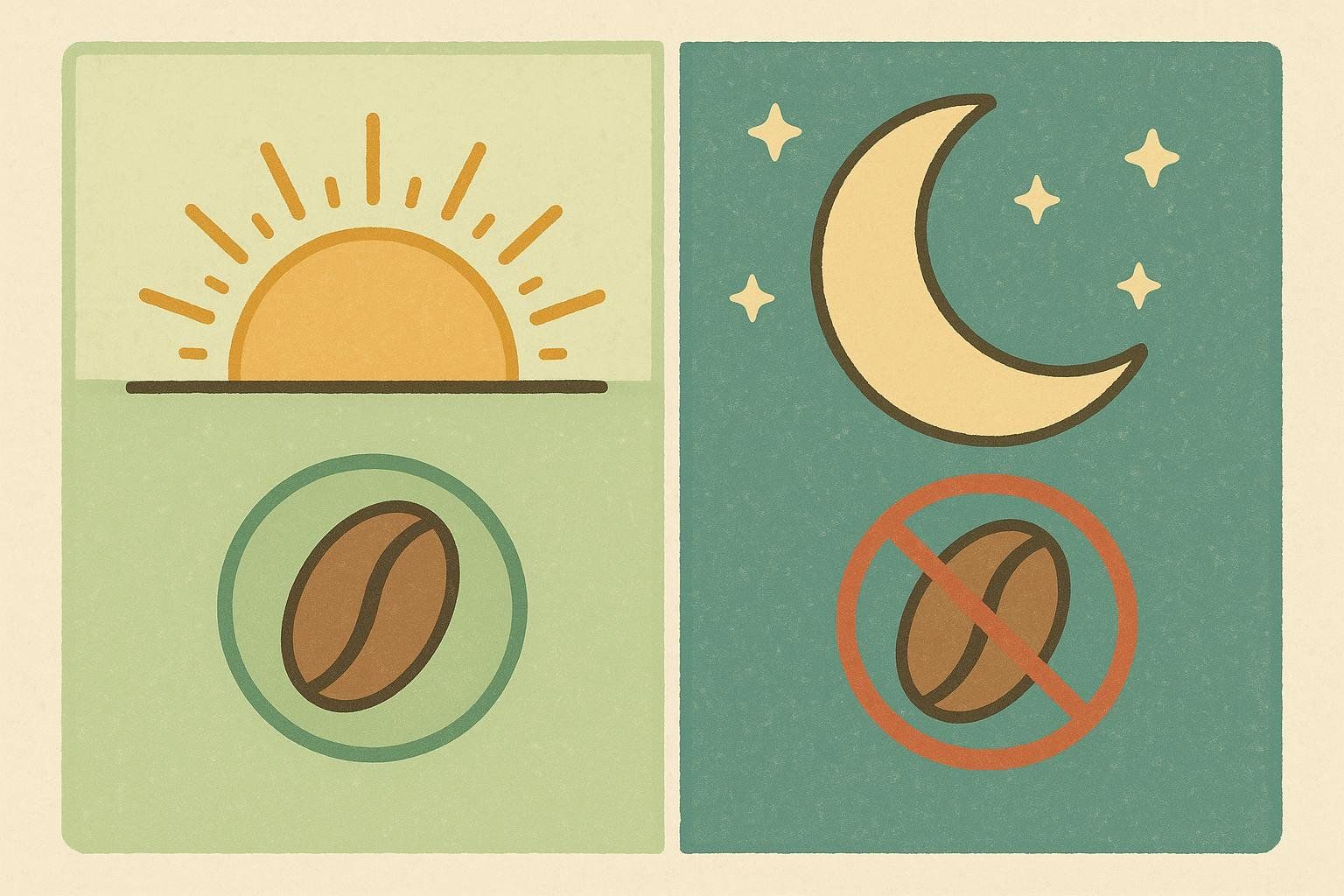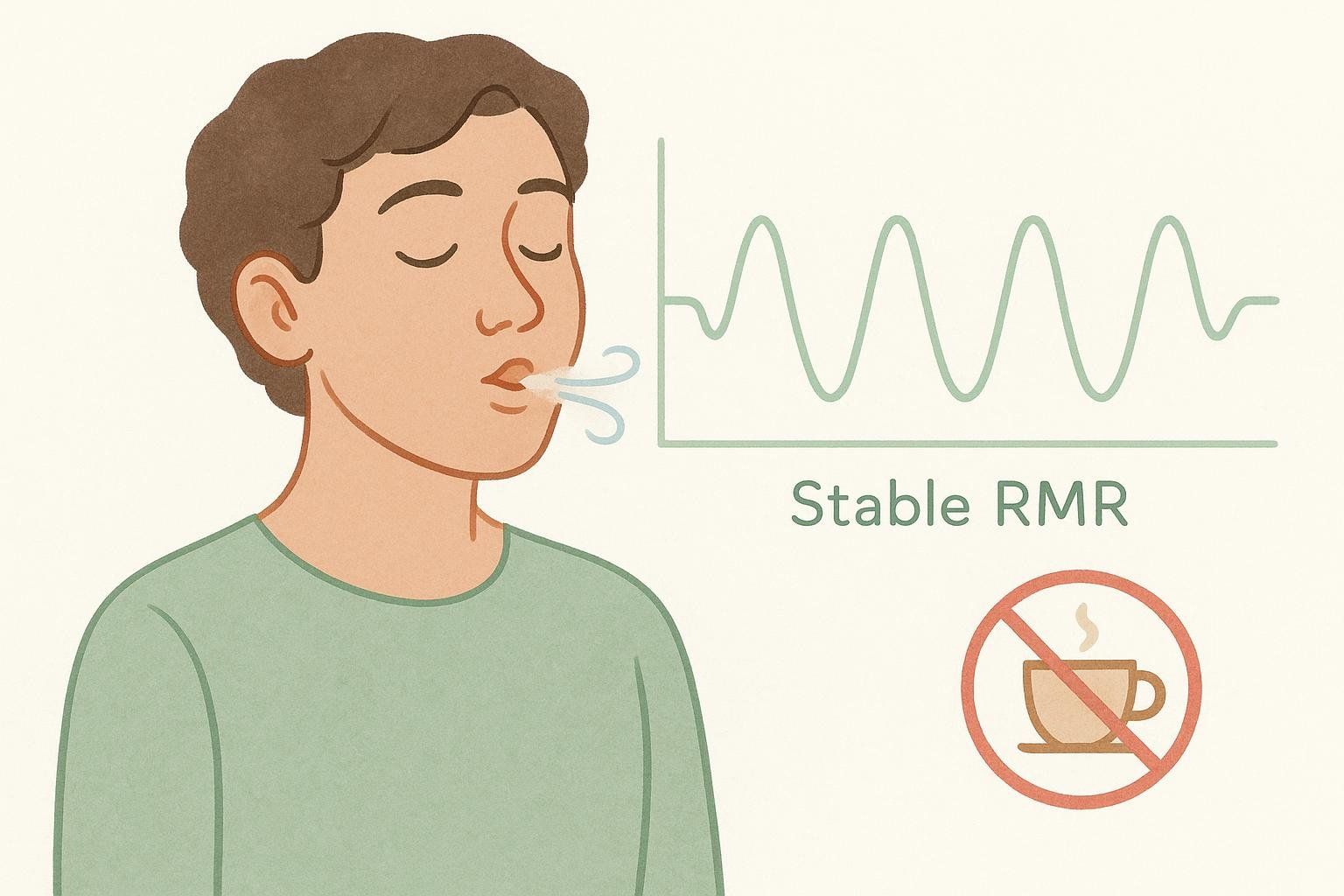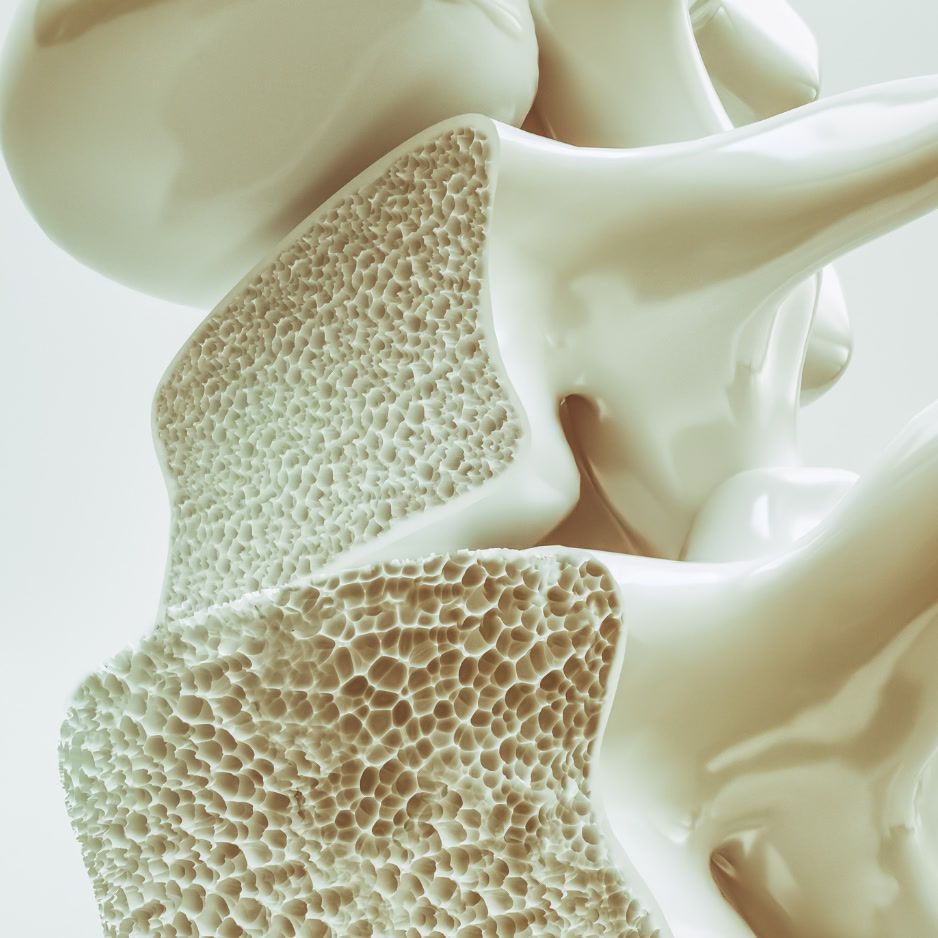NeuroGum Review: Use, Safety, and Science-Backed Benefits

NeuroGum Review: A Science-Backed Guide to Use & Safety
If you want a portable focus boost without another cup of coffee, NeuroGum is a popular pick. It combines caffeine with L-theanine (the calming amino acid in tea) in a sugar-free, vegan chewing gum—so you can “micro‑dose” energy on the go. Think of this as your field guide: what’s inside, how it works, smart dosing, and how it stacks up against coffee, energy drinks, and capsules.
Key takeaways
- What it is: A functional gum pairing caffeine + L‑theanine with B vitamins in a sugar‑free base (NeuroGum Energy & Focus).
- Per piece (standard gum): 40 mg natural caffeine + 60 mg L‑theanine; B6 (≈41% DV) and B12 (≈100% DV) per serving, per brand labeling (NeuroGum ingredients & benefits).
- Extra Strength option: 100 mg caffeine + 60 mg L‑theanine per piece (NeuroGum Extra Strength Energy & Focus).
- Safety: Up to 400 mg total daily caffeine is generally safe for most adults. Count all sources, including NeuroGum (FDA caffeine safety Q&A).
What is NeuroGum?
NeuroGum Energy & Focus is a sugar‑free, aspartame‑free, vegan chewing gum positioned as a nootropic: caffeine for alertness + L‑theanine to smooth the ride. Flavors include peppermint, spearmint, cinnamon, and wintergreen. The company also sells an Extra Strength Energy & Focus version with higher caffeine per piece.
The brand cites a small pilot study run by BrainCo that found faster time to high attention states for NeuroGum vs. placebo. The study is not peer‑reviewed or published; treat brand‑sponsored data as preliminary and weigh it alongside independent evidence (NeuroGum ingredients & benefits).
How NeuroGum Works: Rapid Delivery of Caffeine and L‑Theanine
- Caffeine increases alertness and reaction time but can raise jitters and blood pressure in some people.
- Chewing gum can deliver caffeine as quickly as beverages and faster than capsules in some studies.
- In a randomized crossover trial, caffeinated gum and a caffeinated beverage had similar overall pharmacokinetics at ~50 mg doses of caffeine (Journal of Caffeine Research, 2017) (2017 randomized crossover trial).
- Earlier work found gum reached peak blood levels sooner than capsules (≈44–80 minutes for gum vs. ≈84–120 minutes for capsules), suggesting some buccal absorption (Pharmacotherapy, 2002) (2002 absorption study).
- L‑theanine, an amino acid from tea, can modulate caffeine’s effects. Human studies report improved attention and target discriminability with the combination vs. placebo, though findings are mixed across designs and doses (Journal of Nutrition, 2008) (2008 combination study); a cerebrovascular study also shows L‑theanine can attenuate caffeine‑induced changes in prefrontal blood flow (Nutrients, 2015) (2015 cerebrovascular study). A very small ADHD study in boys also found combination benefits on cognition, but the sample size limits generalization (Scientific Reports, 2020) (2020 study).
Bottom line: The caffeine + L‑theanine combo is a sensible, evidence‑informed pairing for balanced alertness. Chewing gum offers rapid, controllable dosing versus chugging a large drink.

NeuroGum ingredients and amounts
Per the manufacturer’s labeling:
- Standard Energy & Focus (per piece):
- 40 mg natural caffeine (from green coffee), 60 mg L‑theanine
- Vitamin B6 (≈41% DV) and Vitamin B12 (≈100% DV) per serving
- Sugar‑free, gluten‑free, aspartame‑free, vegan
- Sources: NeuroGum Energy & Focus, NeuroGum ingredients & benefits
- Extra Strength Energy & Focus (per piece):
- 100 mg natural caffeine, 60 mg L‑theanine, plus B‑vitamins
- Note: Extra Strength raises caffeine while keeping L‑theanine at 60 mg, so the caffeine-to-theanine ratio is different from the standard gum.
- Source: NeuroGum Extra Strength Energy & Focus
Note: B‑vitamins support normal energy metabolism and nervous‑system function generally; Neuro includes them as supportive micronutrients. Claims of specific mood effects should be interpreted cautiously and discussed with a clinician if relevant to your health history.
Dosing guide: how many pieces and when
Everyone’s caffeine sensitivity differs. Start low, then adjust.
Starter plan
- First try: 1 piece (40 mg) of standard NeuroGum. Wait 10–20 minutes. If needed, add a second piece.
- Typical work/study block: 1–2 pieces (40–80 mg total) at the start of a 60–120 minute focus session.
- Pre‑workout: 2–3 pieces standard (80–120 mg) 20–30 minutes before exercise; or 1 piece Extra Strength (100 mg) if you prefer fewer pieces.
- Long day, split dosing: 1 piece mid‑morning, 1 piece early afternoon. Avoid caffeine within ~6 hours of bedtime to protect sleep.

Daily caps and safety
- General adult maximum: Keep total daily caffeine at or below ~400 mg from all sources (FDA caffeine safety Q&A).
- That’s up to ~10 standard pieces (40 mg each) or ~4 Extra Strength pieces (100 mg each)—but most people need far less.
- L‑theanine safety: L‑theanine has FDA GRAS status for use in foods (notifications include uses up to 250 mg/serving) (FDA GRAS Notice No. 209) (GRAS Notice No. 209). Standard NeuroGum delivers 60 mg per piece.
Quick reference table (caffeine totals)
| Pieces | Standard (40 mg ea) | Extra Strength (100 mg ea) |
|---|---|---|
| 1 | 40 mg | 100 mg |
| 2 | 80 mg | 200 mg |
| 3 | 120 mg | 300 mg |
| 4 | 160 mg | 400 mg |
Pro tips
- Track your response: alertness, heart rate, and sleep quality. Caffeine tolerance builds—consider “lighter” days or cycling.
- Pair with habits: chew at the start of a time‑boxed focus block to anchor consistency. See how to improve focus for a playbook of routines you can stack with NeuroGum.
How NeuroGum compares to coffee, energy drinks, and capsules
| Feature | NeuroGum (standard) | Coffee (8–12 oz) | Energy drink (16 oz typical) | Caffeine capsule |
|---|---|---|---|---|
| Typical caffeine | 40–80 mg (1–2 pieces) | ~80–180 mg | ~150–320 mg | 100–200 mg |
| Onset | Rapid; gum is as fast as beverages and faster than capsules in some studies | Rapid | Rapid | Slower than gum; peak often later |
| Jitters | Mitigated by L‑theanine combination | Varies by dose | Can spike if high dose | Possible; not mitigated by L‑theanine |
| Sugar & calories | Sugar‑free | 0–100+ kcal (depends on add‑ins) | Often high sugar unless “zero” | 0 kcal |
| Dose control | Easy (1 piece at a time) | Less granular | Less granular | Fixed per capsule; splitting is imprecise |
| Portability | Discreet, no liquid | Needs cup | Bulky can | Small bottle |
Safety, side effects, and who should avoid or limit NeuroGum

- Caffeine sensitivity: If you’re prone to anxiety, palpitations, or insomnia, start with 1 piece and avoid late‑day use.
- Medical considerations: Talk to your clinician if you’re pregnant, breastfeeding, trying to conceive, have cardiovascular issues, or take medications that interact with stimulants. Children and teens should avoid high‑caffeine products (FDA caffeine safety Q&A).
- Dental note: Chewing sugar‑free gum is generally tooth‑friendly, but some sugar alcohols can cause GI upset in high amounts—pace your intake if you’re sensitive.
- Brand claims: Neuro highlights “cold‑compression” manufacturing for bioavailability; this is a brand claim. Independent data on that specific process are limited.
Does NeuroGum actually improve focus?
What to expect:
- Many people notice a clean lift in alertness within minutes. The L‑theanine pairing aims to steady caffeine’s edge. Human studies on the combo show improved attention under certain tasks, but results vary by dose and design (Journal of Nutrition, 2008) (2008 combination study).
- For objective tracking, watch your output (e.g., Pomodoro blocks completed) and sleep metrics. If sleep degrades, reduce late‑day caffeine.
Want a deeper dive into building a focus routine? See our guide on science‑backed focus strategies.
BodySpec tips: Pair NeuroGum with data‑driven performance habits

- Caffeine can acutely raise resting metabolic rate—great for a workout spark, but it can confound metabolism tests. Skip caffeine for at least 4 hours before an RMR test. Learn more in how caffeine affects RMR and our RMR test guide.
- If you’re using NeuroGum as part of a training cycle, monitor hydration and electrolytes for steady energy and fewer headaches.
- Prefer to avoid stimulants at night? Explore stim‑free pre‑workouts that focus on pumps, endurance, and focus without caffeine (Caffeine‑Free Pre‑Workouts: 12 Top Stim‑Free Picks).
- New to nootropics? Start with our overview before stacking add‑ons like tyrosine or rhodiola (Unlocking the Potential of Nootropics).
FAQ
Is NeuroGum safe to use every day?
- Most healthy adults can use modest, daily caffeine within the ~400 mg/day guideline—provided sleep and blood pressure remain stable. Track how you feel and talk with your clinician if unsure (FDA caffeine safety Q&A).
How many pieces of NeuroGum equal a cup of coffee?
- A typical 8–12 oz brewed coffee ranges ~80–180 mg caffeine. That’s roughly 2–4 pieces of standard NeuroGum (40 mg each) depending on your coffee strength.
Does chewing gum make caffeine work faster?
- It can. Gum and beverages are broadly similar at modest doses; gum can peak faster than capsules in some studies, potentially via buccal absorption (2017 study; 2002 study).
Why does NeuroGum include B6 and B12?
- They’re common supportive micronutrients for normal energy metabolism and nervous‑system function. Neuro uses modest amounts alongside the caffeine + L‑theanine base (NeuroGum ingredients).
Is there sugar or aspartame?
- NeuroGum is sugar‑free and aspartame‑free per the brand’s label (NeuroGum Energy & Focus product page).
The BodySpec takeaway
NeuroGum is a convenient, controllable way to pair caffeine with L‑theanine for a balanced focus lift. Start with 1 piece, time it to your focus blocks or workouts, and keep total caffeine under ~400 mg/day unless your clinician advises otherwise. Track what matters—sleep, output, and training quality—and use BodySpec tools to see how smarter routines affect your whole‑body health.
Ready to make your progress measurable? Book a DEXA scan to track fat, muscle, bone, and visceral fat changes as you dial in your routine.


